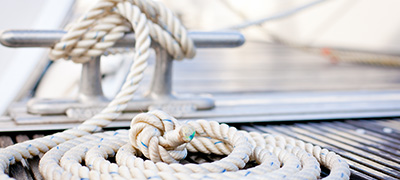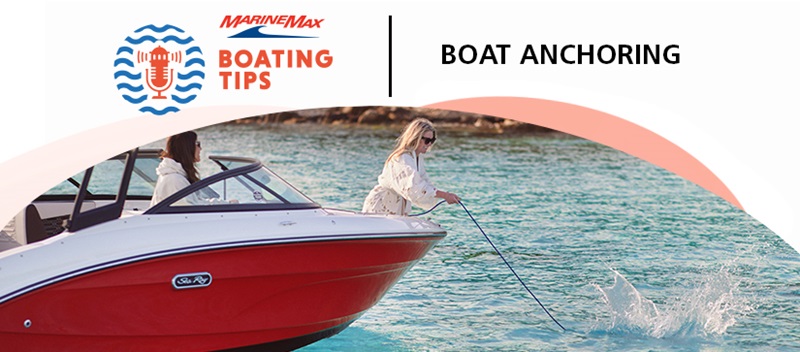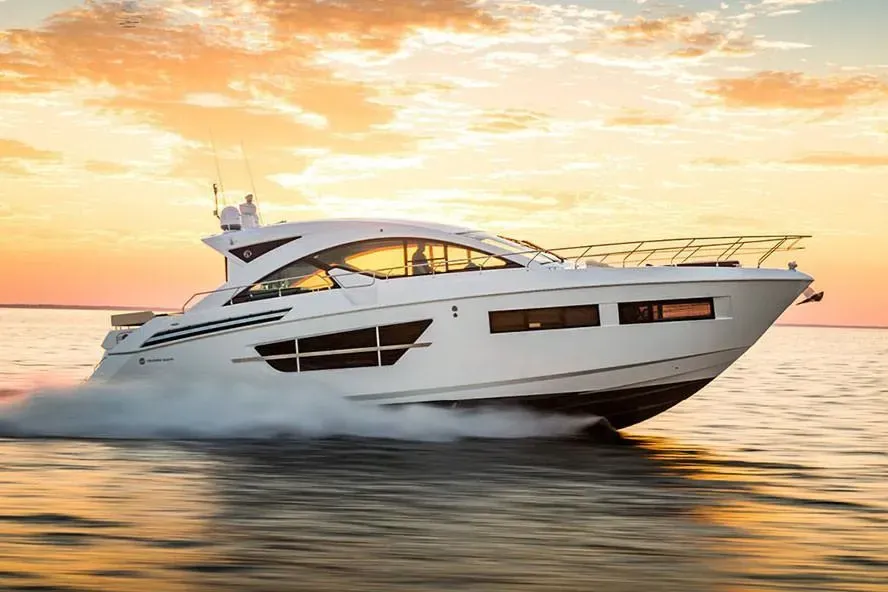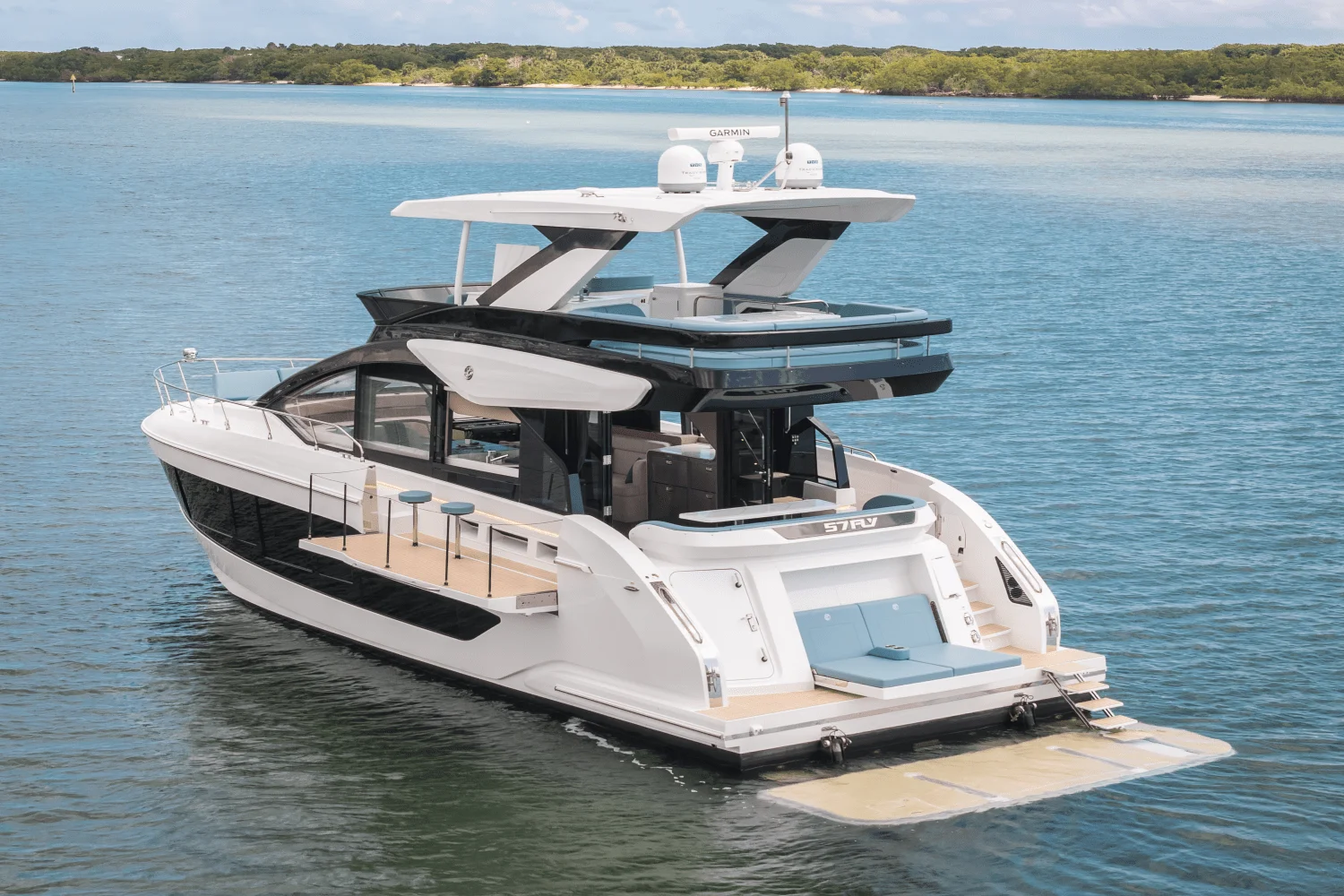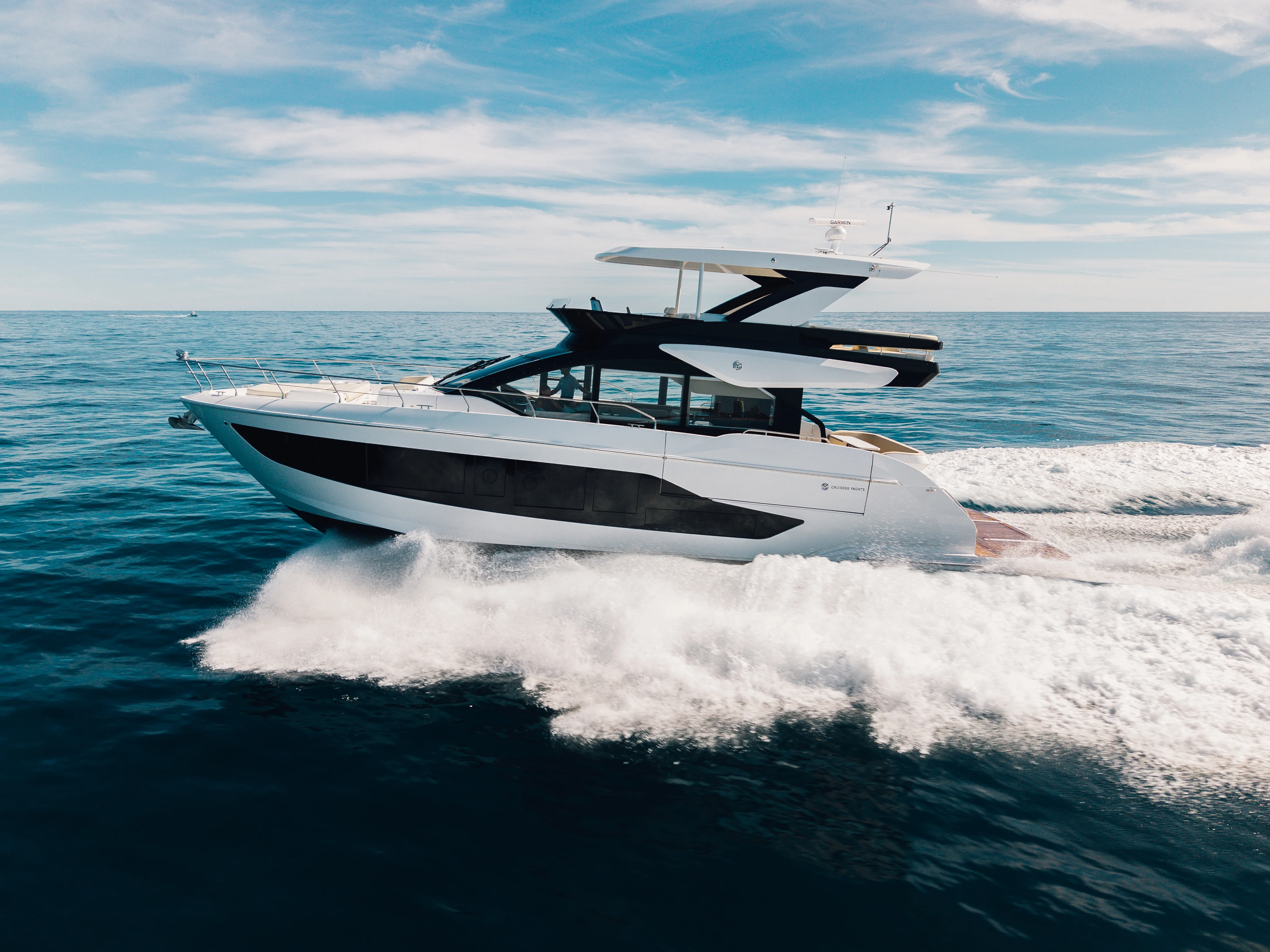Boating Tips: Boat Anchoring
Boating Tips
Boat Anchoring
A windlass is a motorized system utilizing a winch and bridle controlled by remote control. With just the push of a button, it enables a user to raise and lower their vessel’s anchor in a steady and controlled fashion.
While these systems are easy to use and very convenient, there is a little more to it than just pushing a button.
Steps:
- Many windlass anchors come with a mechanical safety mechanism which prevents the anchor from slipping out of the boat in the event of electronic or mechanical failure on the part of the winch - step one to anchoring is disabling the safety.
- Once you are ready to anchor, use your remote to lower the anchor to the desired depth. Next, gently bump the boat into reverse to help the anchor set.
- When you are in the desired position, flip the safety back on to prevent any possibility of additional line/chain coming off the device.
Windlass and Bridle
While utilizing a bridle system is not a necessity, it will help your anchor to set better and give you a better hold on the bottom. The reason for this is that it changes the angle of which your anchor and line is sitting which will impact how your boat will sit.
Retrieving your Anchor
- When you are ready to haul up your anchor, first, use your remote to raise the bridle from the bottom (if you are using one) and disconnect it from the anchor chain.
- Continue to use the remote to raise the anchor; sometimes having someone gently drive the boat forward into the direction of the anchor can be helpful during the retrieval process.
- Be sure to watch your anchor and correct any twisting that happens while bringing it up. The idea is to have the plow of your anchor facing downward towards the water.
Windlass Care
Remember to spray the anchor and chain after each day of boating to prevent corrosion. Consulting with your manufacturer regarding service intervals on the windlass motor system is your best-bet to keeping it working in tip-top-shape.
These systems can be installed on vessels ranging from center consoles to catamarans and yachts. They make anchoring much easier and practical, especially on larger vessels.
Shore Anchoring
Ready for a day at the beach? If you’re pulling your boat up to the sandbar you’ll need to know how to properly secure it, especially if you’re planning on getting out of the boat. Here’s a step-by-step guide.
- Prepare the Bow Anchor: Either engage your windlass (see instructions above) or anchor manually depending on your vessel.
- Back Toward the Beach: Navigate the boat in reverse toward the beach, ensuring the anchor sets firmly. Trim the engines to keep them from scraping along the bottom.
- Set the Stern Anchor: Once close to the beach, secure the boat with the stern anchor. This can easily be done by typing one end of the anchor line to the stern cleat and then entering into the water, pulling the boat back, and setting the anchor.
After this is completed, you can enjoy your day at the beach!
Best Practices
Here are your general best practices for how to anchor your boat:
- Preparing to Anchor
Assess the Water Depth: Before anchoring, determine the depth of the water where you intend to stop. Captain Keith suggests a general rule of thumb: use five feet of anchor line for every foot of water depth. For example, in seven feet of water, you would need 35 feet of anchor line out.
Prepare the Anchor and Chain: Approach the anchor locker and prepare to deploy the anchor. Ensure you have a substantial section of chain attached to the anchor. This chain helps keep the anchor lying flat on the bottom, increasing its holding power.
Deploy the Anchor: Carefully place the anchor over the bow, avoiding dragging the chain over the side. Gently feed the anchor and chain into the water, allowing the boat's reverse motion to lay the line out smoothly.
- Anchoring Process
Estimate the Anchor Line Length: Based on the water depth, calculate the total length of anchor line you need to deploy. For a water depth of seven feet, aiming for 35 feet of anchor line is a good start. Adjustments can be made based on the seabed conditions and current.
Marking the Anchor Line: To accurately gauge the amount of anchor line deployed, consider marking the line at regular intervals, such as every ten feet. This can be done with markers.
Securing the Anchor: Once the desired length of anchor line is deployed, gently reverse the boat to set the anchor into the seabed. You'll feel the anchor grab and hold. Secure the line to a cleat on the boat using a cleating hitch, ensuring the knot is tight and secure.
- Final Checks and Adjustments
Adjusting for Position: With someone at the helm, slightly adjust the boat's position by motoring gently forward or backward. This ensures the anchor line is tight and the anchor is properly set. The person at the helm may need to adjust the boat's direction to ensure the anchor line is straight and the boat is positioned as desired.
Monitoring and Adjusting Anchor Line: If the anchor does not seem to hold and the boat continues to drift, you may need to let out more anchor line to achieve a better angle and more secure hold. Conversely, if the anchor is well-set but you wish to adjust your position, you can retrieve or let out more line as needed.
Troubleshooting: If the anchor fails to hold, it may be fouled with debris such as seaweed or grass. In this case, retrieve the anchor, clear any debris, and attempt to anchor again.
By following these step-by-step instructions, you'll master the art of anchoring in various situations, ensuring a safe and enjoyable boating experience. We’ll see you out there!
Check Out Available Boats
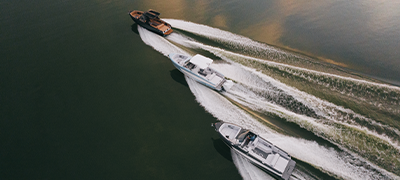
Boat Types
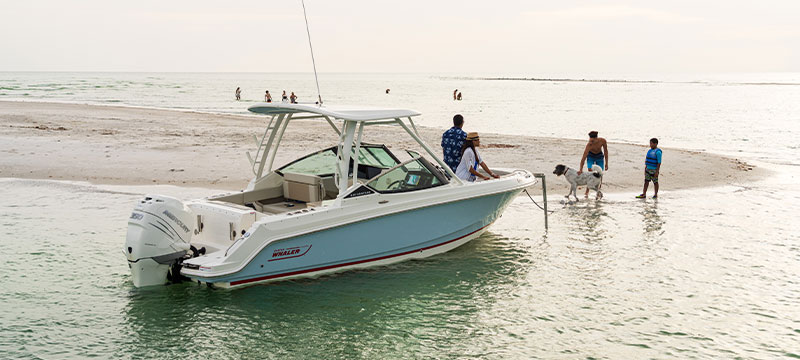
Find Your Perfect Boat Today
